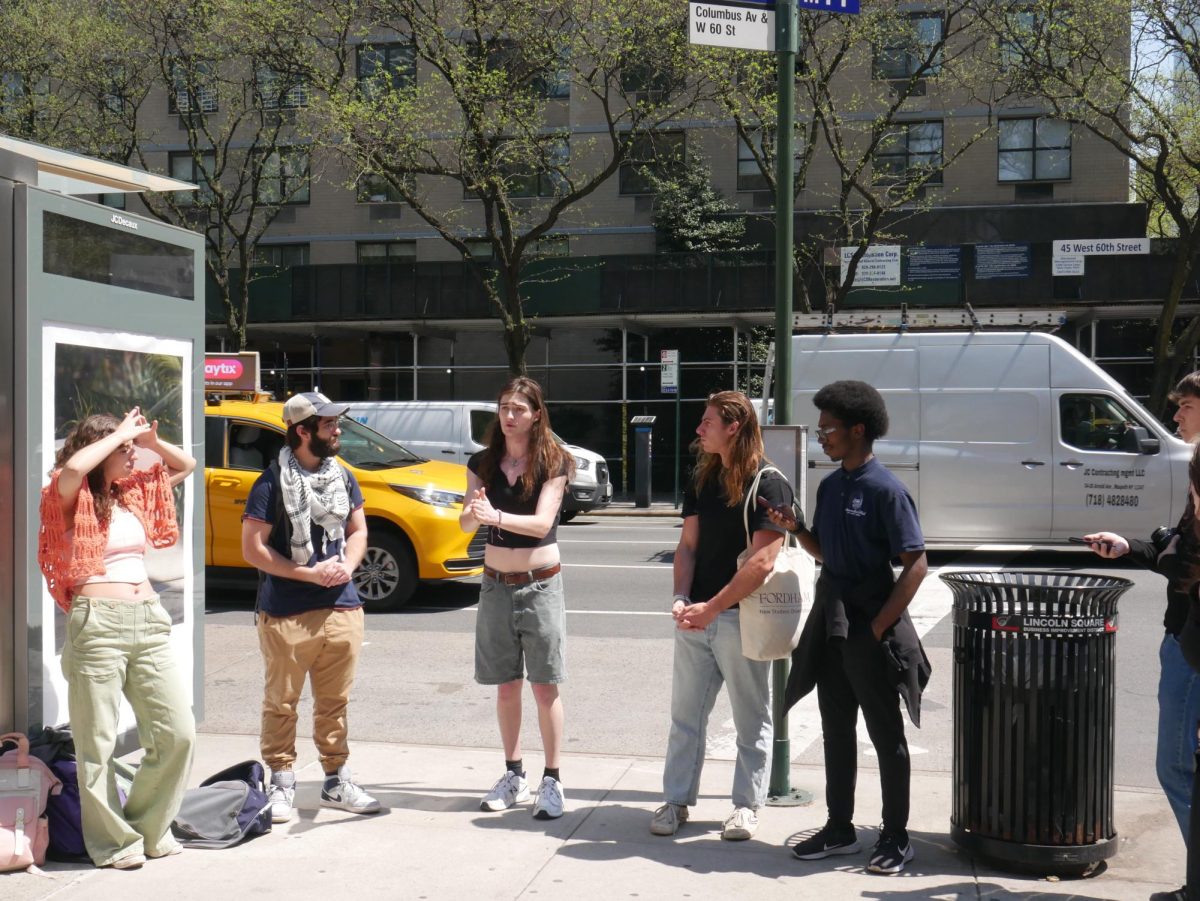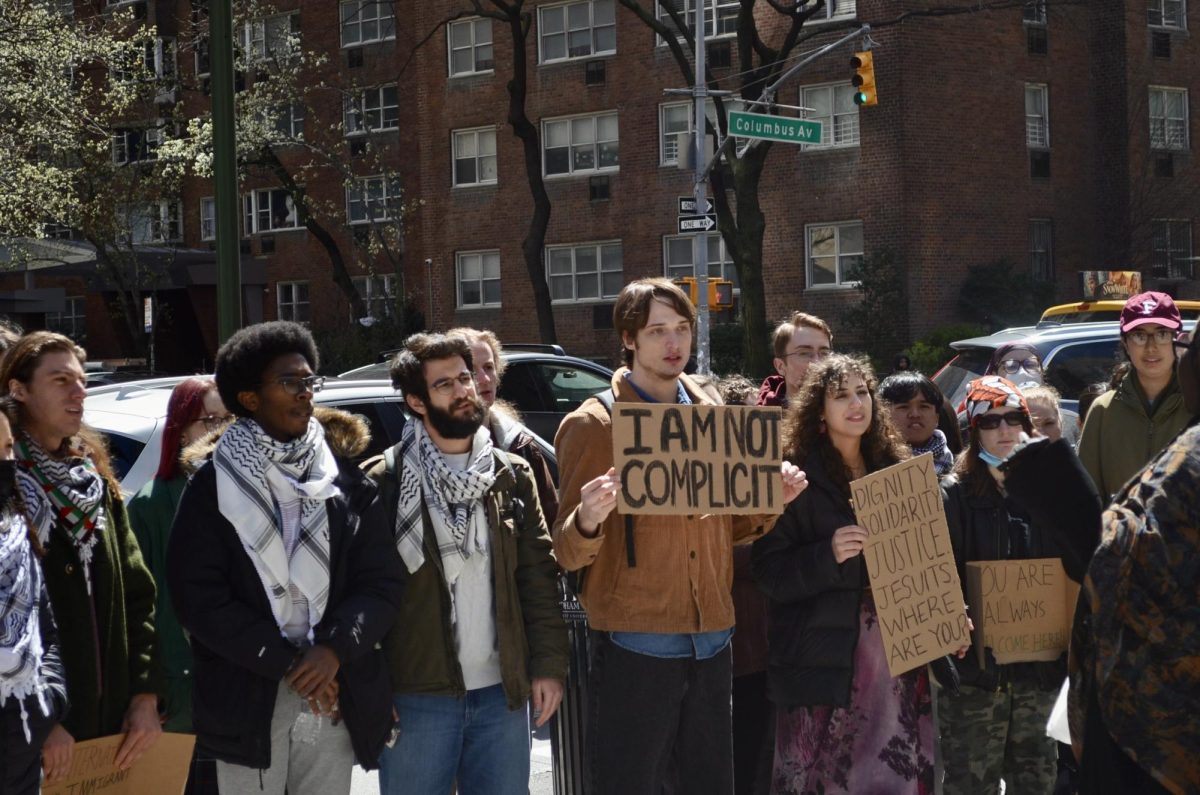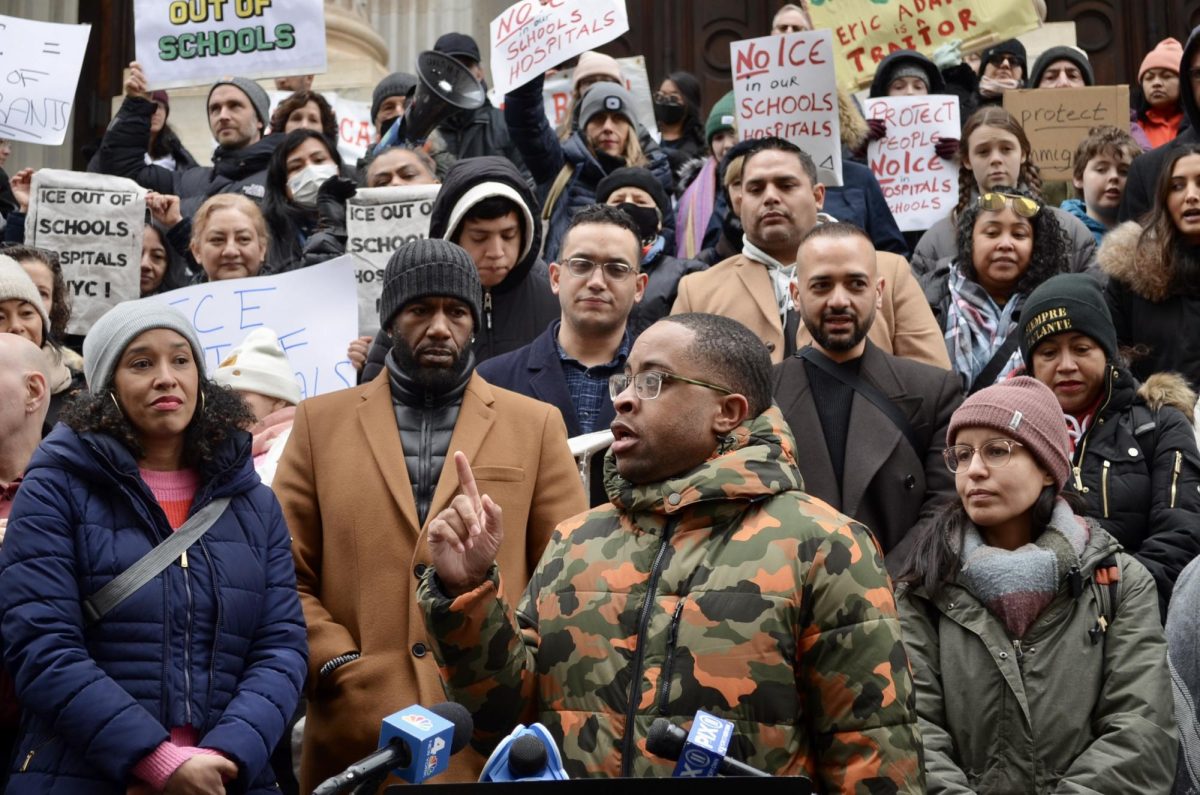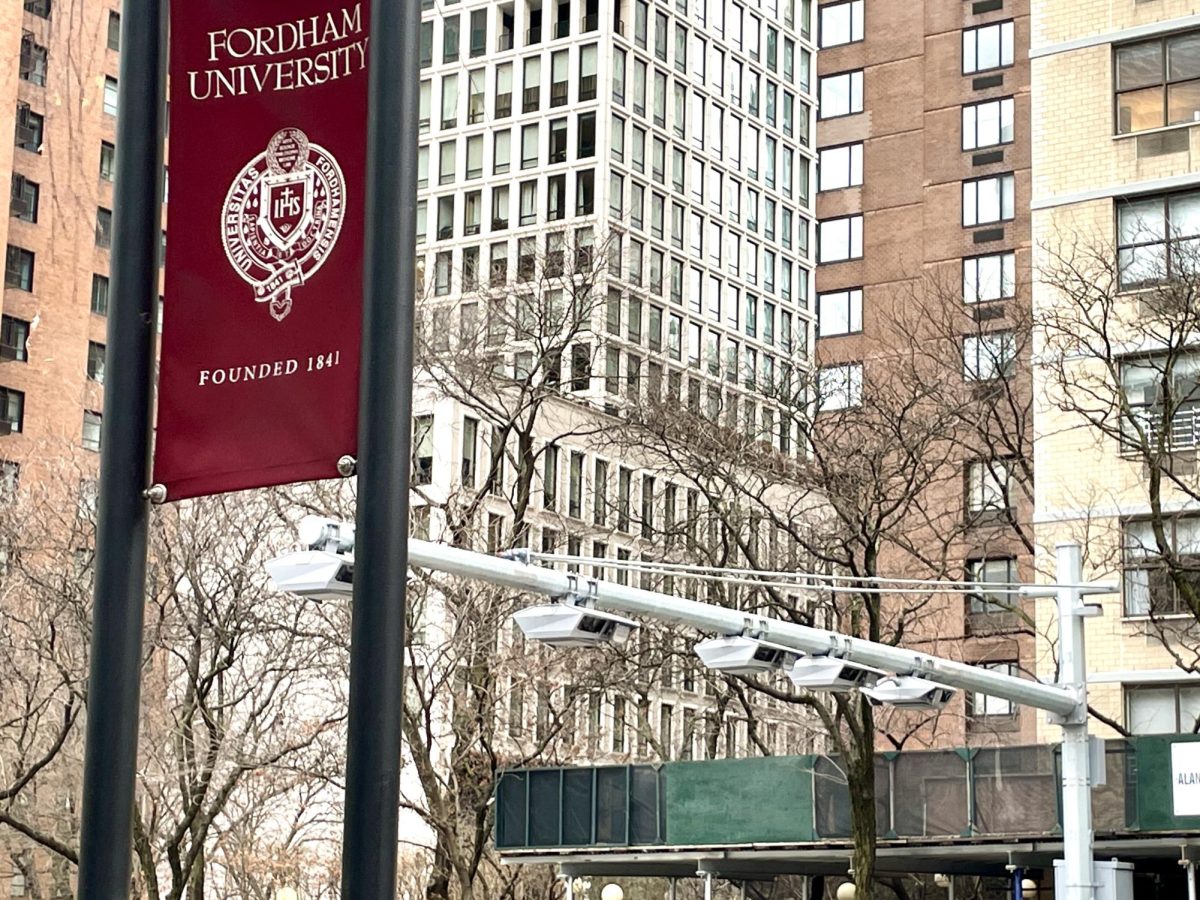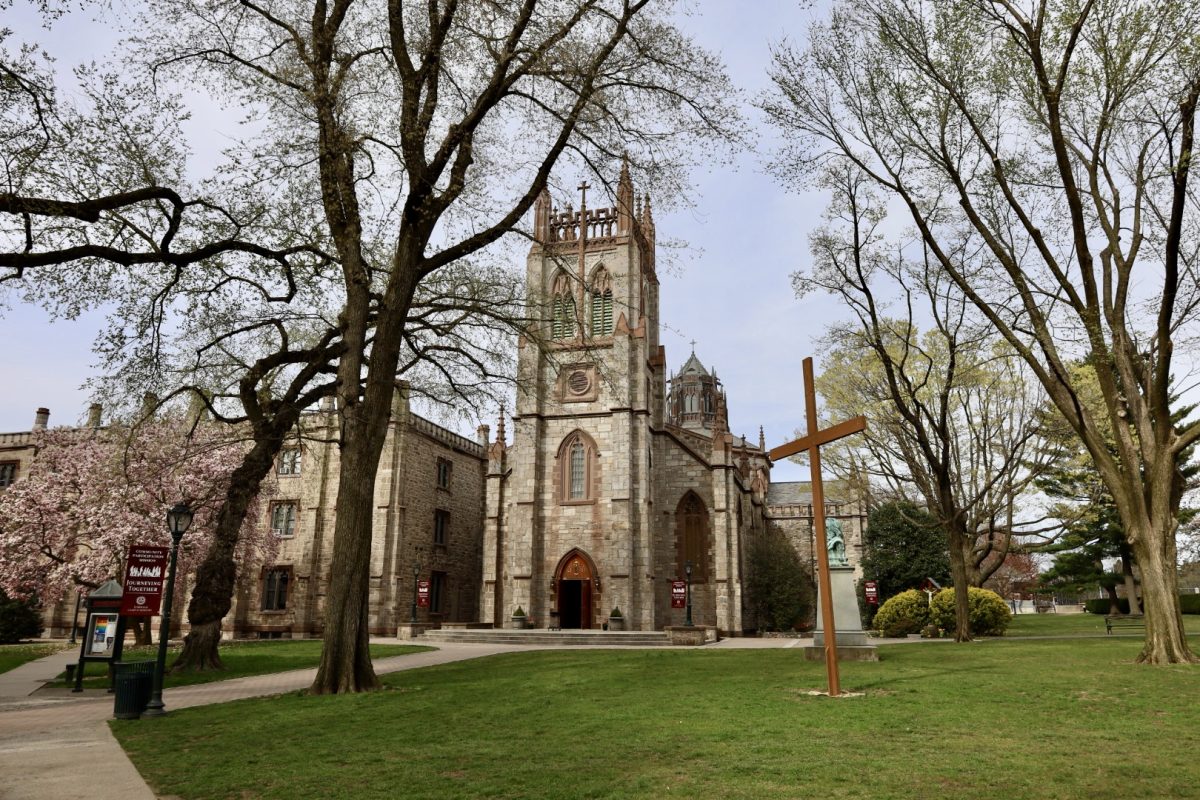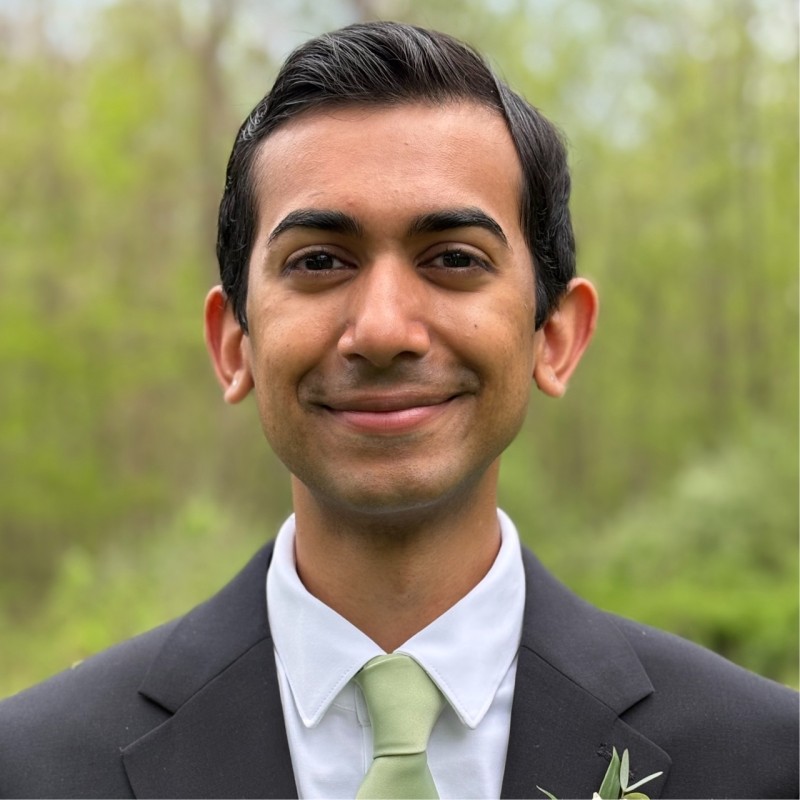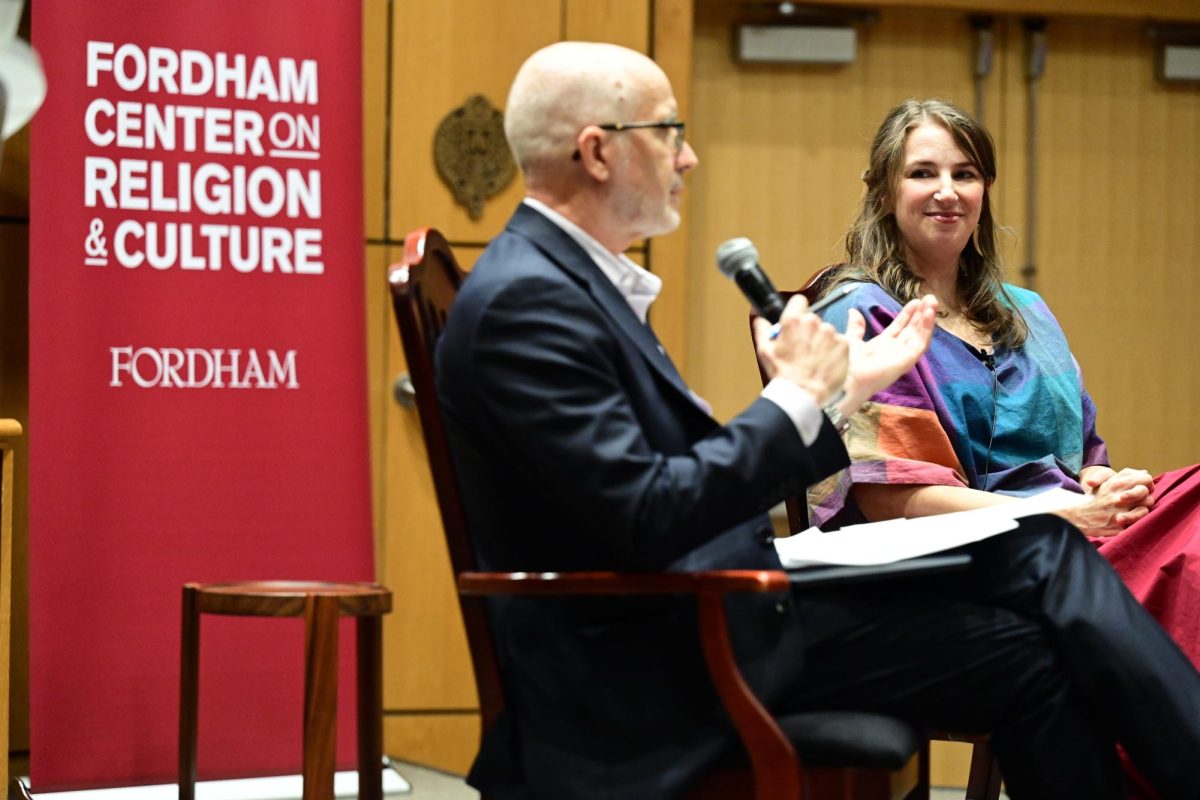By Michael Dobuski

“Well, you’ve got me.”
Those were the words uttered by David Berkowitz, a US Postal Service worker, as he was taken into police custody on Aug. 10, 1977. He was arrested in connection with the killing spree, known in popular culture as the Son of Sam murders, that terrified and entranced New Yorkers in the already fraught-with-violence 1970s. All told, Berkowitz killed six women and is currently facing up to 365 years in prison. His sad story of murder and mental instability begins in the Bronx.
It was the early morning hours of July 29, 1976 when three shots rang out in front of an apartment building in the Bronx’s Pelham Bay neighborhood. Donna Lauria and Jodi Valenti were sitting in their car, discussing their evening out at one of New Rochelle’s latest discotheques. Berkowitz allegedly approached the vehicle while carrying a gun, killed 18-year-old Lauria instantly and wounded 19-year-old Valenti in her thigh. Valenti survived but did not recognize her attacker. Despite speculation that the killer could be anyone from a twisted police officer to a wronged lover, to a member of Italian organized crime (which Valenti’s father was said to have connections with), the media of the time deemed the incident a random crime, so it gained minimal news coverage. Two key pieces of evidence did arise from the Bronx shootings, however. First, NYPD ballistics tests confirmed that the attack was carried out using a .44 caliber pistol, known as the “Bulldog.” Second, neighbors and witnesses both confirmed that an unfamiliar yellow VW Beetle was seen driving through the area in the hours leading up to the shooting.
Berkowitz’s next murders were similar to his first in that he mainly targeted women and couples in their late teens to early twenties, usually sitting in a parked car. His crime spree lasted for over a year, during which his killings and weapon of choice gained national attention.
In addition to the Bronx, the police were able to connect Berkowitz’s .44 Bulldog with shootings that took place in Queens and Brooklyn. As the seemingly random killings continued, the story was picked up by publications as far away as the Soviet Izvestia, the Hebrew Maariv and even the Vatican’s own L’Osservatore Romano. In spite of, or perhaps fueled by his newfound notoriety, Berkowitz began leaving cryptic letters to the police at his crime scenes in which he identified himself as the “Son of Sam.” After his arrest, Berkowitz revealed that his next door neighbor’s dog, which he thought was possessed by an evil spirit, forced him to commit the murders.
Berkowitz, who was a professed Satanist, grew up in the Bronx as a gifted, yet troubled, student. In his early years he gained a reputation as a bully and for his run-ins with law enforcement for petty larceny and pyromania. His adoptive mother’s sudden death from breast cancer in 1967 only exacerbated his tense relationship with his father and, in 1971, he joined the army. Berkowitz served in South Korea before returning home, where he bought an apartment in Yonkers and worked odd jobs until his arrest and imprisonment.
While the Son of Sam murders succeeded in gaining national and international news coverage, cementing David Berkowitz’s name among the likes of Bundy, Gacy and Manson, it failed to shine a light on the epidemic of violent crime that was laying waste to the Bronx during that time. Berkowitz’s arrest in 1977 coincided with the infamous “Bronx is Burning” broadcast and saw almost two thousand confirmed cases of murder in New York City.
Today, though crime rates in the city have seen a steady decline, shootings have increased, especially in the Bronx. In 2016 alone, seven murders have taken place in the borough and the NYPD has stepped up patrols in particularly troubled areas. Meanwhile, David Berkowitz is currently living out his life sentence in the Sullivan Correctional Facility in Fallsburg, New York.
Since being imprisoned, he has joined a religious group, known as the Jews for Jesus, and is working on a memoir. His case is up for review this year.



































































































































































































